Indoor Boundries
Simple and Convenient Installation
Our indoor pet fences work wherever you need them, quietly, effectively, and hidden from view. A harmless, noiseless signal lets you control where your pets roam in the house. You can use the same collar with both the indoor fence and the outdoor fence, so it is a great way to expand the value of your outdoor pet containment system.
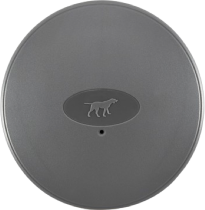
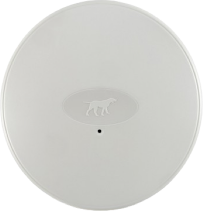
Flexible Living Spaces for Pets
Our systems are designed to adapt to your specific requirements. The indoor dog fences we offer can be tailored to ensure your pet remains within designated areas of your home while avoiding places like furniture, dining areas, kitchen surfaces, or other restricted zones. You can explore our various setup examples for more insights on how to configure these spaces.
With DogWatch® transmitters, creating an immediate hidden fence is as simple as placing it in your desired area at home. Our user-friendly transmitters can be easily adjusted to suit your needs, ensuring that training your pet is a breeze. No more lengthy customer service calls - our indoor fence system is the ultimate solution to keeping your dog where they should be! For straightforward applications, consider trying our "wired" fence units.* If you have multiple pets, consult your DogWatch® dealer about installing a fully wired indoor system.
This system not only caters to multiple pets and rooms, but it also maintains its visually appealing features of remaining discreet and quiet in your home.
Frequently Asked Questions About Indoor Pet Boundries
No more baby gates and closed doors.
You and your beloved pets deserve to enjoy a comfortable home environment! The perfect solution for your indoor pet containment requirements is just a phone call away. Get in touch with us to discover more about our hidden fences designed for dogs and cats.


